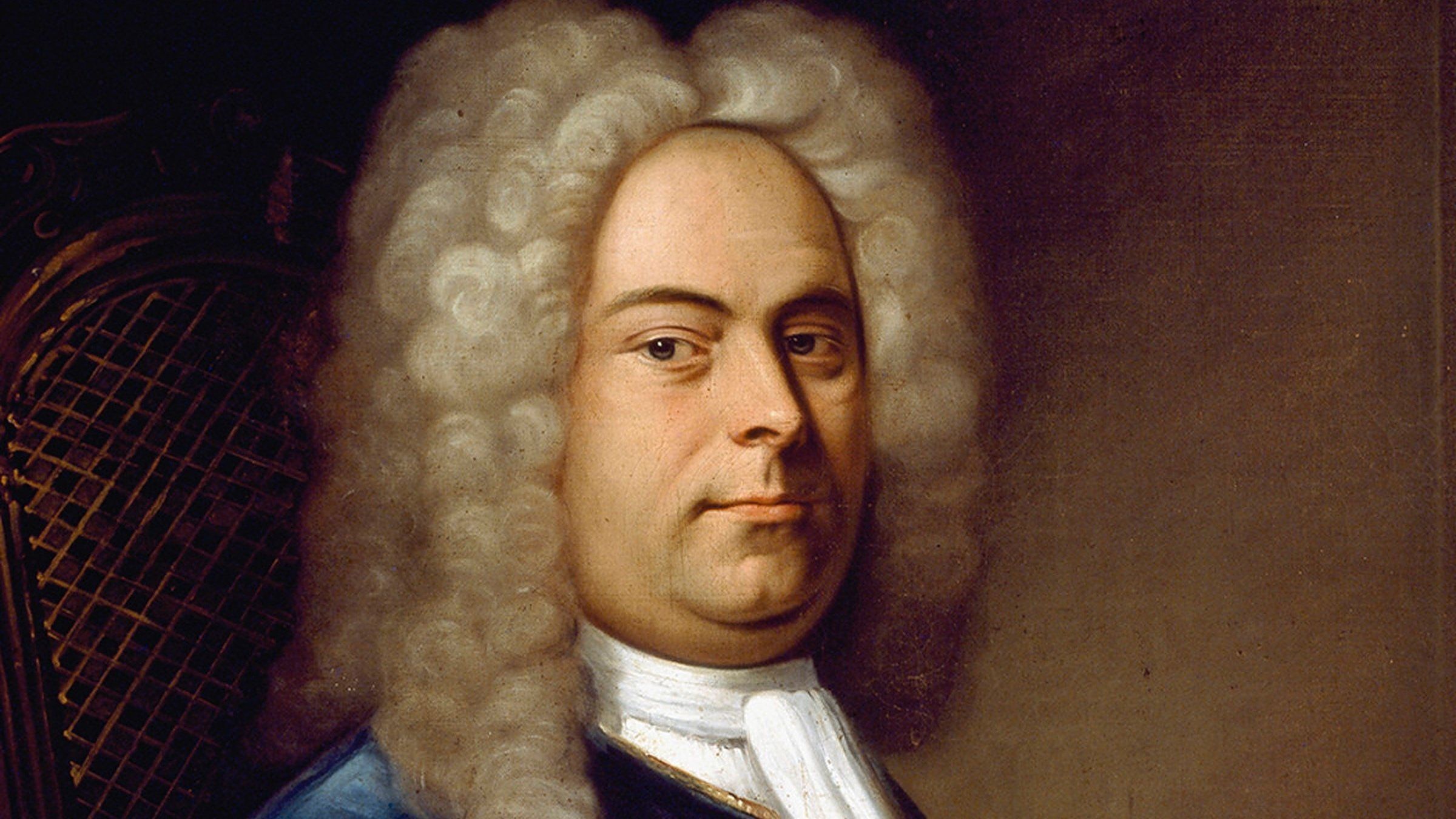Bach’s Prelude and Fugue in A-flat Major, BWV 886: Lofty and Sonorous
While recording the second book of J.S. Bach’s Well-Tempered Clavier as part of its All of Bach initiative, the Netherlands Bach Society chose twelve locations around the Dutch city of Utrecht. The Prelude and Fugue No. 17 in A-flat Major, BWV 886 was recorded on a top floor of the high-rise seat of Utrecht’s Provincial Council. Christine Schornsheim, the outstanding German harpsichordist who performs the entire Book II set, found the location, …







